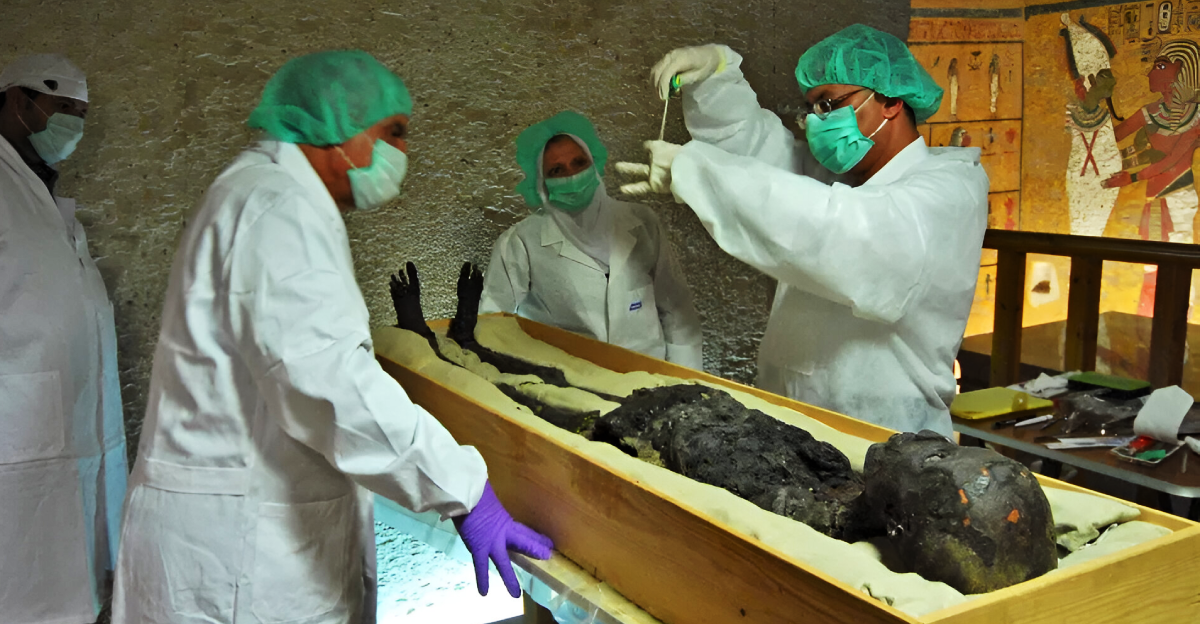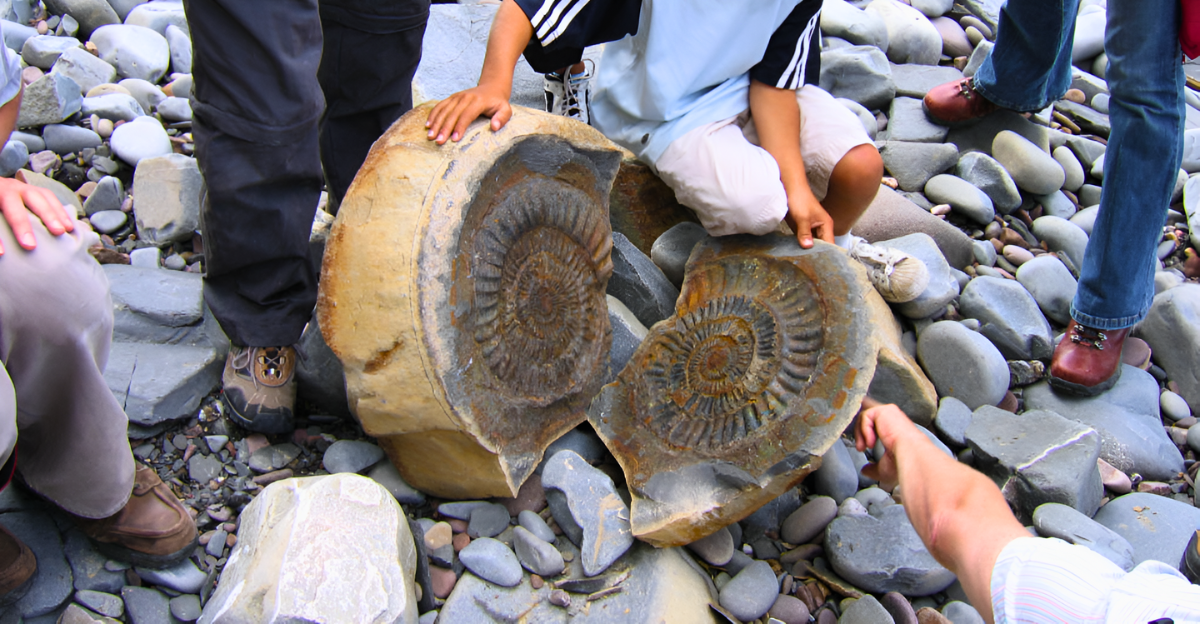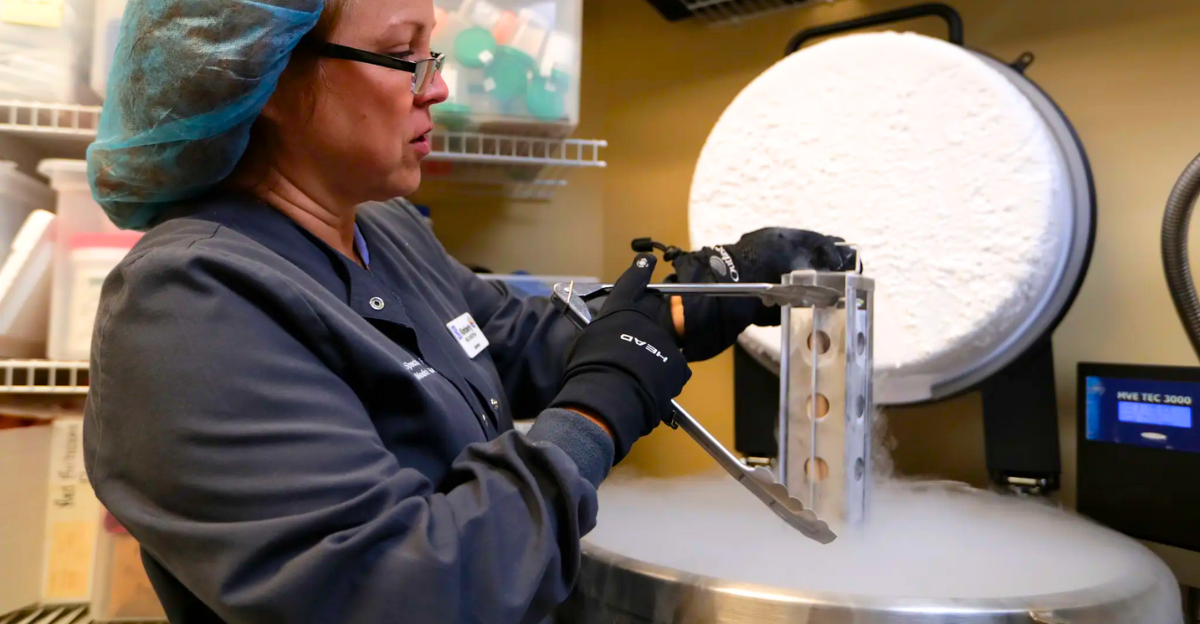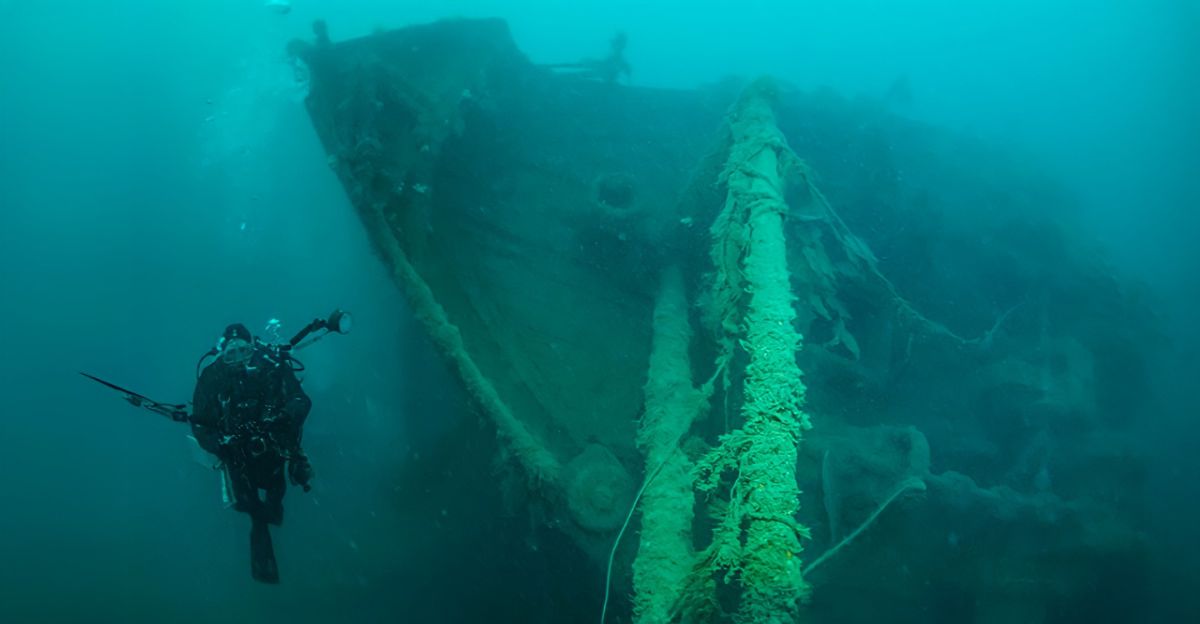
The Koning Willem de Tweede Dutch merchant vessel was recently discovered as it had been lost to the sea in 1857. The vessel disappeared off the coast of South Australia. Finding this vessel is a massive milestone for historical migrations as well as marine archaeology. The ship, weighing around 800 tons, started its migrations in 1840.
During the Victorian Gold Rush era, it played an essential role in the transportation of migrants from China, and it also served as a link between Dutch and Australian trade networks. The shipwreck of this spectacular vessel was found in Guichen Bay.
Historical Context
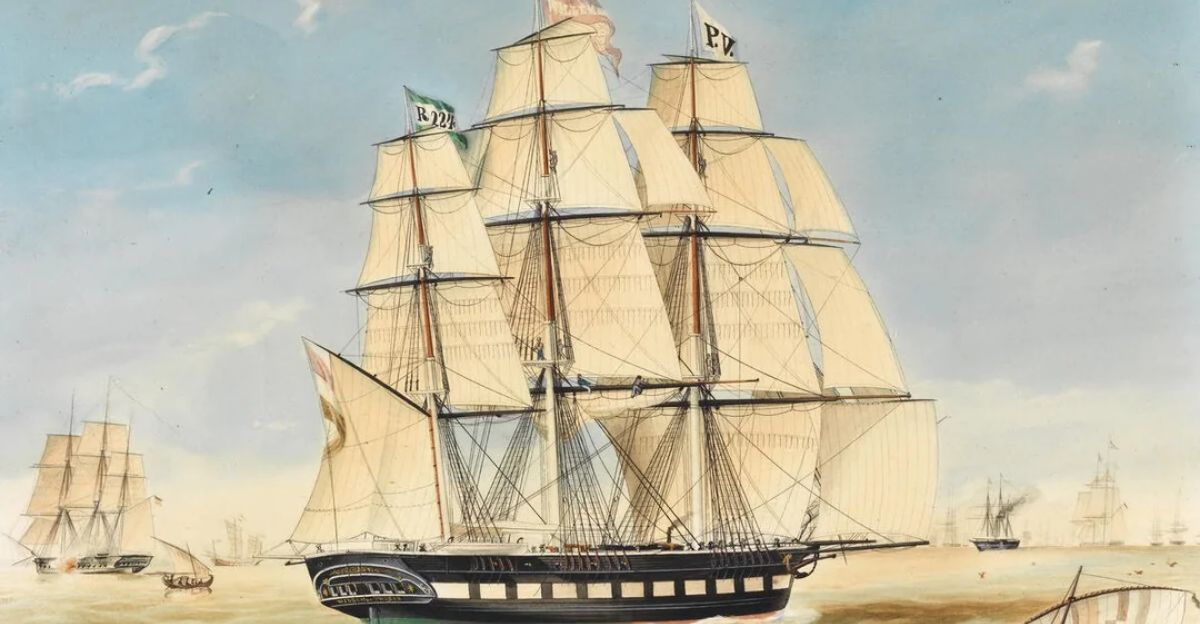
The ship is named after King Willem II of the Netherlands and it was built in 1840 as a beautiful rememberence of power and trading ambition. King Willem II was in power at a time of great political change and commercial ambition was a great part of growing the economy in the 19th century.
Measuring almost 43 meters, it was built in a shipyard in Kinderdijk. Back in the day the ship was able to carry both cargo as well as passengers over vast distances right along popular colonial routes. Colonian expantion routes linked the Dutch with Asia, Europe and Australia.
Shipwreck Incident
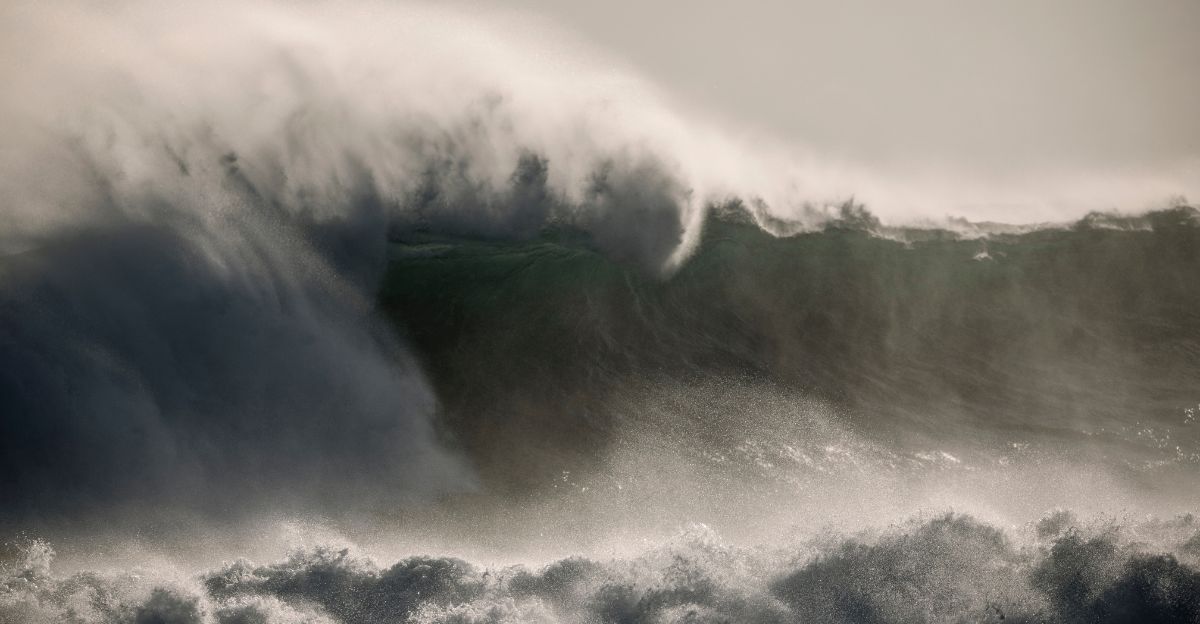
The ship disembarked the 200 migrants it was carrying as passengers in Robe in 1857 and was caught in an enourmous storm. Captain Hindrik Remmelt Giezen was forced to try take the ship aground in an effort to save it but unfortunately the hull broke. Locals tried to initiate rescue efforts proved only somewhat succesful and is often ovelooked in most accounts of the incident.
Sadly, it was lost at sea. This is one of many sad stories that show us the toll the race for colonial expansion and trading took on human lives. The cost of these ambitions was enormous, and 16 out of the 25 crew onboard the ship paid with their lives.
Archeological Discovery

A 4 year search expidition to find the ship was ultimiatly successful as the ship was found. Advance marine archeological tools were used in this expidition such as magnetometers. The windlass and the frame of the was found sticking out of the seabed and between the shiting sands timber plates were also identified.
The Silent World Foundation, Australian National Maritime Museum, Flinders University, and South Australia’s Department for Environment and Water all came together in an interdisciplinary effort to find this vessel. This shows that efforts are still being made to preserve maritime heritage and explore it further. It was a great collaborative effort that proved to be fruitful, hopefully inspiring many more.
Multiculturalism and Migration

The Koning Willem de Tweede played an important part in aiding in the migrating of Chinese miners all the way to Australia. During this time the Chinese workers were needed to work in Australia’s goldfields like Bendigo. Thus, both the Dutch as well as the Chinese were instrumental in a big part of Australias economical development at the time.
Looking at the shipwreck now, it serves as an example of multiculturalism and global collaboration to us. It also shows that even back then, people travelled far and wide in search of a better life with more opportunities to overcome hardships. It is a sad fact that in historical accounts, the non-European migrants who aided in growing Australia’s economy at the time are often overlooked.
Challenging Historical Narratives
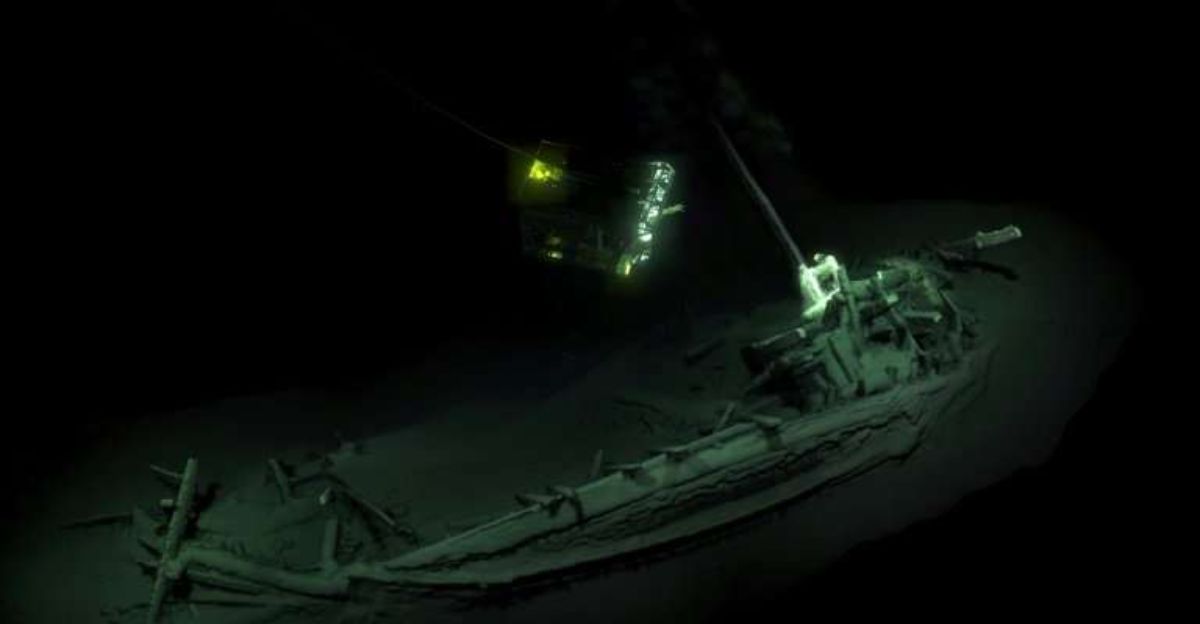
Before this discovery , historical accounts mainly focused on British maritime expiditions and the dominance of such in this era with the Dutch maritime expiditions often overshadowed. With the discovery of the Koning Willem de Tweede it adds to a completely different narrative where the Dutch also played a cruicial role at this time.
It expands our understanding of what collaborations and trading networks looked like back then. It is the hope that this discovery in particular would inspire historians to look at the Dutch perspective and their role in the growth of Autrailian economy. Resulting in a more inclusive recount of events for future generations.
Different Dimensions

The discovery of the ship goes far beyond just an archaeological milestone; it is also a testimony to great collaboration efforts and the formation of identity in a challenging era. The local residents and the Chinese immigrants who were a part of the rescue efforts collectively shared these memories as an intercultural exchange of camaraderie and shared history.
This challenges historians as well as future generations to confront forgotten histories where there was marginalization and successful social cohesion. From a psychological perspective, the discovery of the shipwreck also brings a form of closure for what had happened that faithful day.
Future of Maritime Archeology
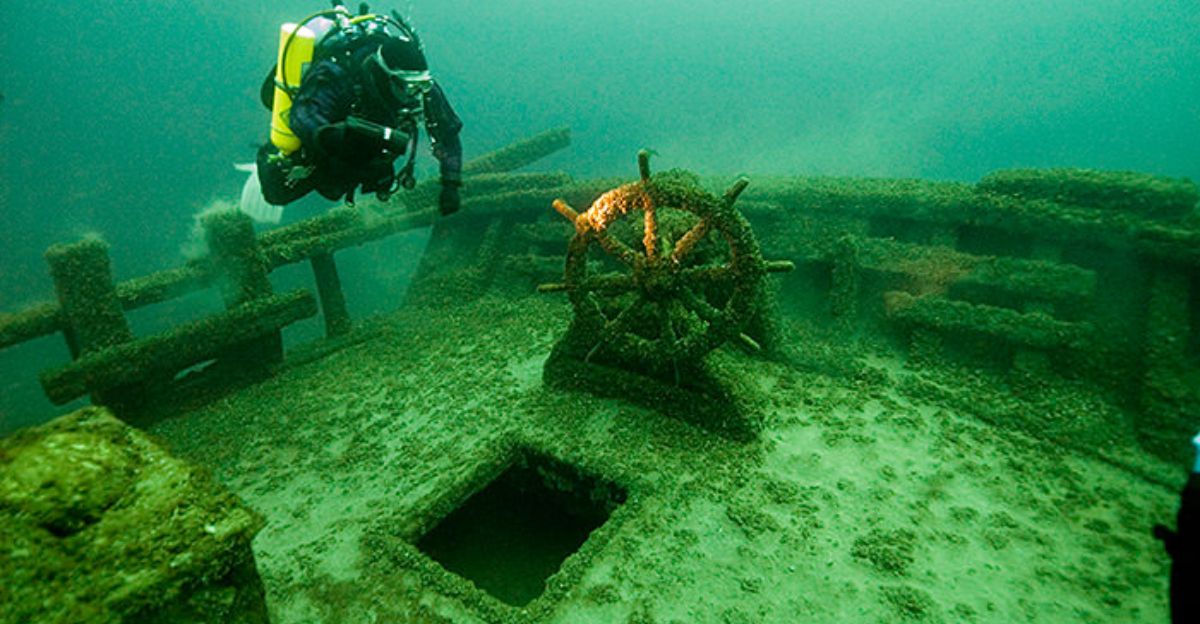
The fact that this impactful discovery was even possible is because of the great strides we as humanity have made in the last 170 years in the development of technology. This fact means that more and more could be possible for the field of Maritime Archeology. Techniques in underwater surveillance and technology, such as advanced metal detectors, have changed how the field approaches expeditions.
Technological advances expands the reach we have into the oceans and who know what other discoveries are possible as a result. Closure on other historical mysteries and shipwrecks are now possible to be uncovered.
Broader Impacts

More benefits are becoming more appereant after the discovery of the shipwreck as it holds expansion oppertunities for the tourism industry, more education programs as well as an awareness surrounding how important preserving our history is as a species. The site where the shipwreck would be could become a tourist attraction and inspire engagement with the history surrounding the shipwreck from the community and the tourists.
The educational oppertunities are also something to look forward as people can learn more about historical migration and the multiculutral collaborations that took place back in the day. Futhermore, the discovery also inspired more conservation awareness about the heritage that we have underwater just as above.
In conclusion, a multifaceted story was discovered alongside a ship that was lost to the sea more than 170 years ago. It brings closure as to what had happened and inspires future generations, showing that intercultural collaboration can yield benefits for all.
In respect of those who, over the years, have sacrificed their lives to grow and expand their countries and their families’ horizons, we ought to remember what happened to them and learn from them. The Koning Willem de Tweede was a beautiful ship that sailed far and wide, doing its duty until its last day. An inspiring story of discovery and promise indeed.

